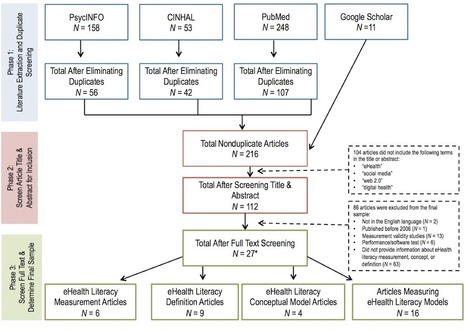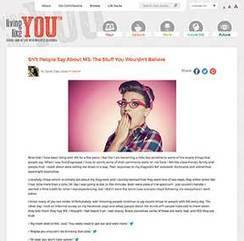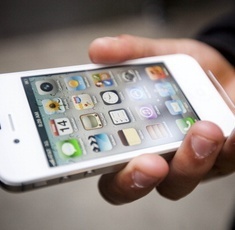While portal technology has been available in other industries for some years, access to health information and records via a secure login is only now becoming common place in healthcare by the end of the year.
Patient portal are excellent opportunities for providers to expand the way they engage with their patients. Here are a some best practices for using portals in your practice.
Increase Availability
Patients with full-time jobs don’t always have the flexibility to communicate or interact with you during your traditional office hours. By offering a robust patient portal system, ideally tied into your cloud-based EHR, you provide patients with the opportunity to learn more about your practice and their health at their convenience, whether that’s late in the evening or on a weekend. This type of access provides patients a sense of comfort because they know their records are always within reach, even when your office isn’t open or you’re not on call. Including some personally written content or material for patients to view and reference online will go a long way towards creating a helpful presence, while also reducing the amount of time you have to spend explaining that information.
Improve Communication
Similarly, many portals offer secure communication channels so patients can ask questions of you or your team. Have a plan in place to respond to these questions. Try to be as prompt as possible – within reason of course.
Some patient portals also allow for the ability to schedule – or at minimum request – appointments. By taking advantage of this feature, you can help eliminate lengthy wait times on the phone, which helps both your patients and your staff.
In return, you also have the ability to easily send patients appointment reminders or contact information when a patient needs their information for a referral.
Maintain Records
Allowing the patient to fill out forms in advance of appointments or update their own address and billing information and emergency contact list not only helps the patient get through the intake process more quickly, it helps your team become more efficient. In addition, many portals also offer patients the ability to pay outstanding balances through a secure payment system. In more complex patient portals, patients can update their prescription information and problem list to help physicians reduce the likelihood of adverse events.
Educate
Explaining esoteric health information like lab results over the phone, or even in person, can be an inefficient method for educating patients. Since the information is often unfamiliar, the chance they’ll forget the information or misplace their printed instructions can be high.
Through a patient portal, you can not only deliver test results that can be read at any time, you also have the opportunity to educate the patient and his family about what those results mean. Having a library of fact-based information regarding specific conditions or upcoming tests can help alleviate stress or confusion – and maybe even prevent the patient from conducting random searches online, finding inaccurate information, and arriving at ill-founded conclusions.
It’s also a great way to educate a patient about specialists or other doctors that you may be referring him to. While the patient portal system can be very disparate – different offices may or may not be using the same portal – you still have the ability to give a patient a basic fact sheet and office contact information for the referred doctor. This is yet another way to put a patient’s mind at ease.
more at http://healthworkscollective.com/zach-watson/177401/best-practices-boosting-patient-portal-engagement



 Your new post is loading...
Your new post is loading...











eHealth literacy is the ability of internet users to locate, evaluate, and act upon web-based health information. The result of this study identifies that the role of “communication” in eHealth literacy remains underdeveloped.
Current frameworks and technologies do not account for physical and cognitive processing abilities necessary for multiway transactions.
A study of the Consumption(access by patients) patterns of a majority of patient education resources will be interesting. It may shed light on this underdevelopment being required or not.